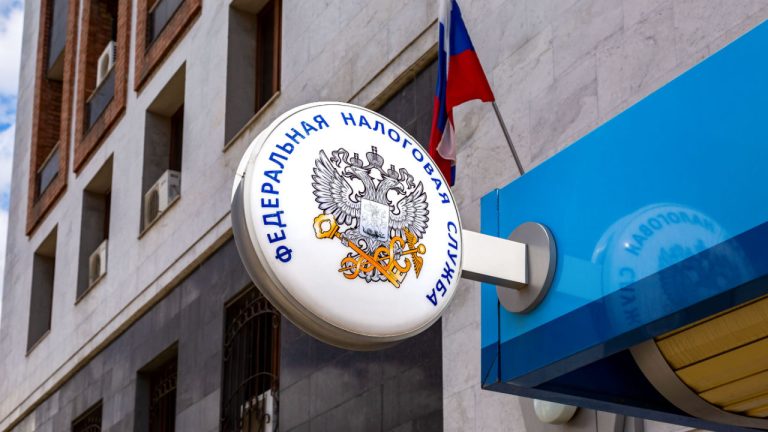
Despite running on a Polkadot parachain, Grill.chat lets users post using Ethereum wallets and send payments via Polygon.
Grill.chat, a chat app based on the Subsocial network, has now implemented Ethereum Virtual Machine (EVM) wallet compatibility, allowing users to chat using their Ethereum identities and send crypto to each other via Polygon, according to a June 7 announcement.
Subsocial is a Polkadot parachain designed for social media applications.
Grill.chat allows users to participate in over 70 chat rooms focused on mostly crypto-related topics. The development team seeks to attract new Web3 projects to build their communities on the platform.

The integration means that users can now connect their Subsocial wallets to their EVM wallets by signing a transaction verifying that they are the wallet’s owner. This prevents them from needing to own SUB tokens to donate to other users, and it allows them to prove their Ethereum identities to users in chat rooms. In the future, the developers plan to use this integration to allow nonfungible token (NFT) collections to be shown to other users.
In a conversation with Cointelegraph, Subsocial CEO Zachary Edwards stated that Grill.chat is targeting crypto projects as potential sponsors of chat rooms. Currently, many crypto communities are built around Discord servers and Telegram channels. These channels cannot be integrated into the developer’s website, which means that users need to load a separate program to join the community or interact with it, creating what Edwards sees as unneeded friction for users.
By contrast, chat groups on Grill.chat can be integrated into a development team’s website or application interface. Edwards pointed to the example of Zeitgeist, a blockchain-based predictions market app. Its interface features a “chat” icon that opens directly into a Zeitgeist chat room on Grill.chat.

However, the app’s users previously encountered friction from another source, Edwards said. Many of the biggest crypto projects are on EVM-based networks such as Ethereum, Polygon and Avalanche. Crypto users are accustomed to using wallets from these networks and don’t necessarily want to download a new wallet to use a chat app.
Related: Decentralized social media: The next big thing in crypto?
To partially solve this problem, the team implemented a feature that lets users create a Subsocial wallet directly from the app’s interface. They also paid for users’ gas fees via a smart contract that can delegate signing privileges for a limited number of functions.
But this still didn’t completely solve the problem, as it siloed the user’s Ethereum identity from their Grill.chat posts. The team implemented EVM compatibility to make it easier for Ethereum users to switch to the app, Edwards explained.
“The cool thing is it's sort of using this off-chain signer technology because, at the end of the day, it’s all running on Substrate [Polkadot parachain technology], and EVM wallets aren’t compatible with Substrate,” Edwards stated. “But we can still connect those two accounts together so you can chat on the substrate chain, but your EVM account is linked, so you can have identity, donations, NFTs, all of this sort of stuff.”
Grill.chat isn’t the only social media app trying to entice crypto projects into building communities on it. OpenChat is a chat app on the Internet Computer network. Its team told Cointelegraph it’s working on a similar feature to show OpenChat chat rooms on a project’s website.
Web3 companies are racing to create a blockchain-based social media app that will see mass adoption. On April 26, the Polygon-based Lens network announced a new scaling solution that it said would allow for “instant posts.” The same day, MeWe said it would move its 20 million users to the Polkadot parachain network Frequency.











